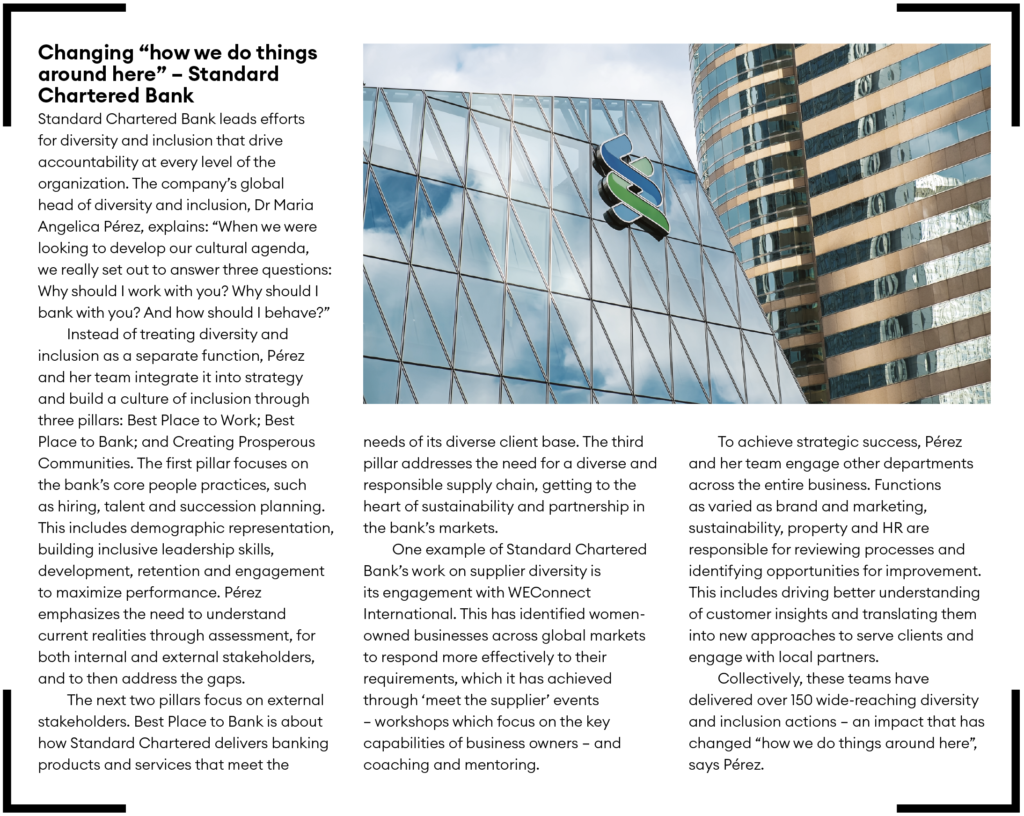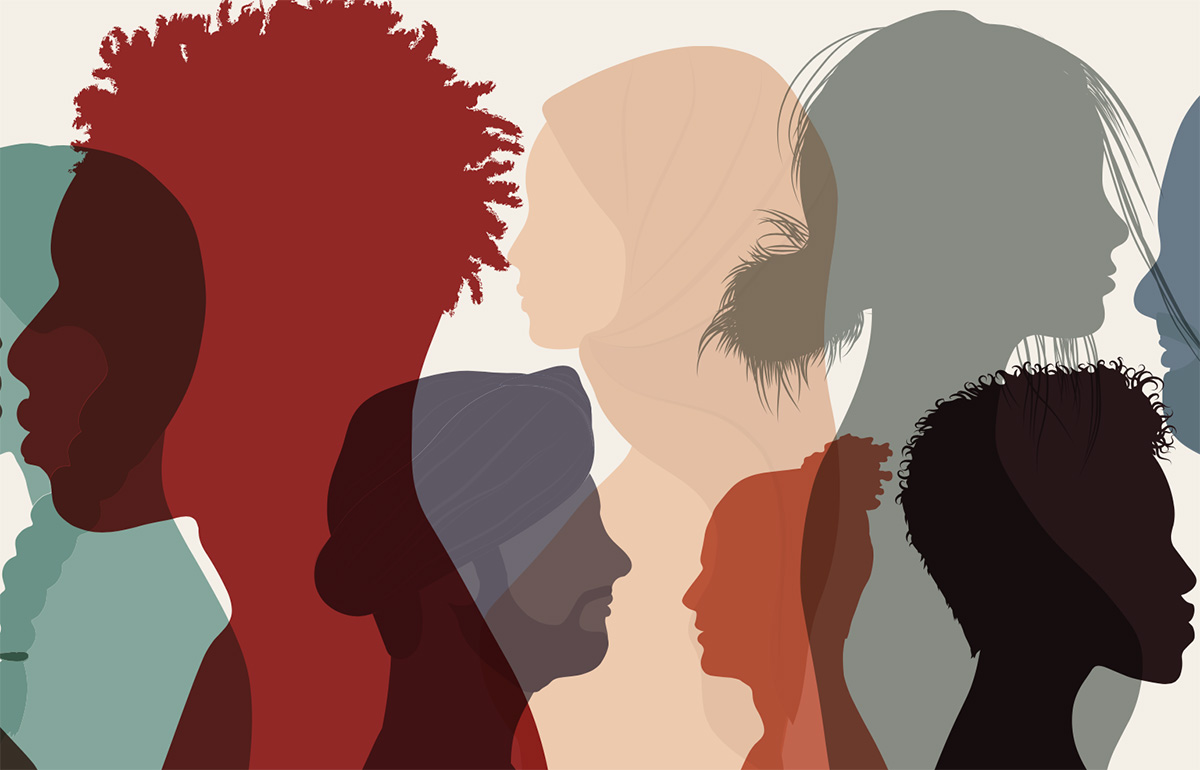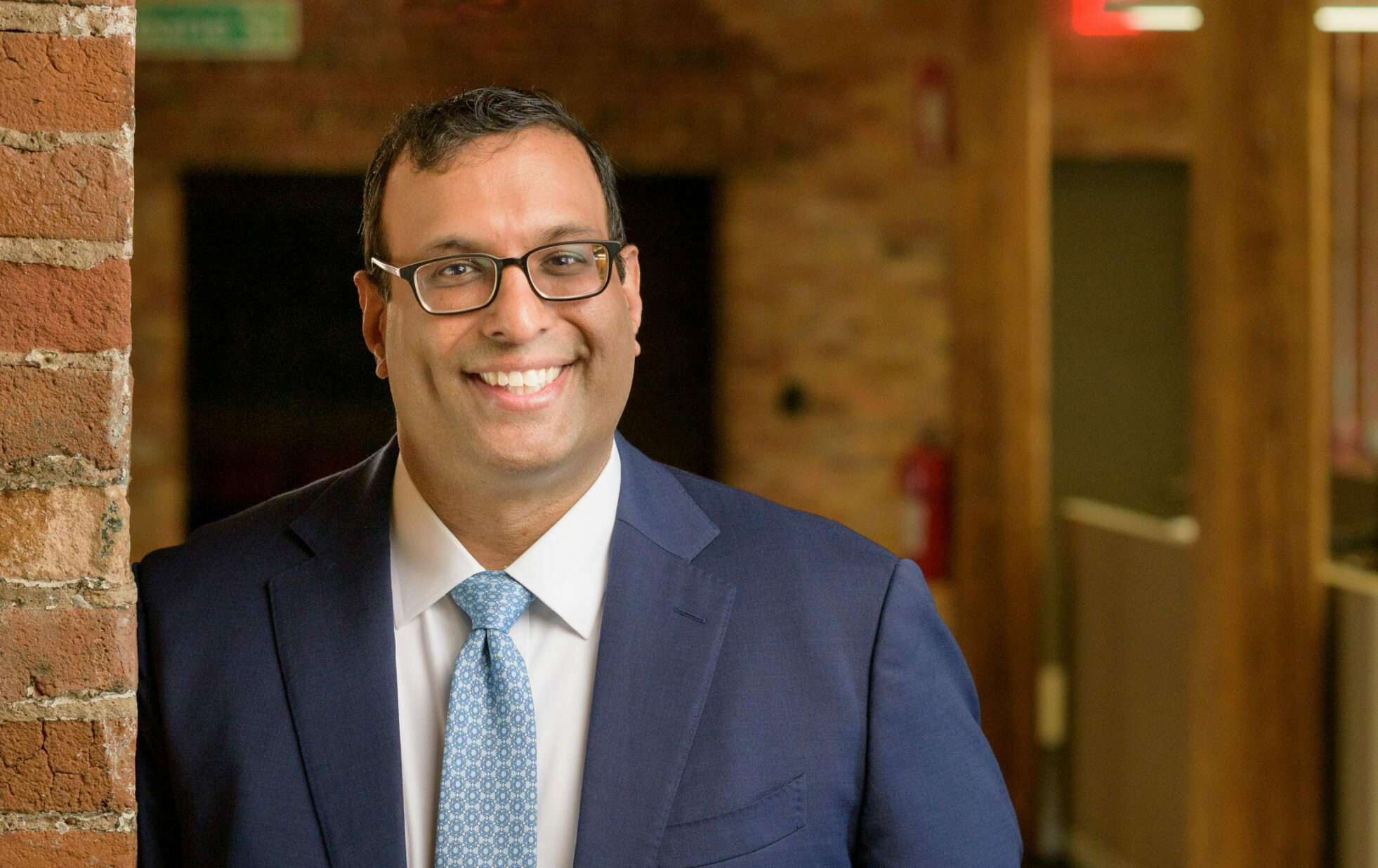Hiring for diversity-related roles is booming. It’s a good first step for organizations seeking to become more inclusive – but the work can’t stop there.
In recent years, we’ve seen a proliferation of diversity-related positions in organizations. The post of chief diversity officer has become increasingly commonplace as businesses have sought fresh impetus in their efforts on diversity, equity and inclusion (DEI).
The trend has been visible for some time. According to analysis in June 2020 by ZoomInfo, the business-to-business database, there was a 113% rise in executives with diversity and inclusion titles over the past five years. But then 2020 hit.

In the first half of the year, around 40% of Fortune 500 companies employed directors in DEI-related roles. In the second half of 2020, however, hiring increased by about 200%, meaning that recruitment activity nearly tripled compared to the start of the year (‘Corporate Diversity & Inclusion Trends of 2020’, blog.zoominfo.com, January 2021).
Similarly, LinkedIn data on nearly 100,000 C-suite hires in the US between January and October 2020 showed that appointments of chief diversity officers grew by 84% as a proportion of the total of senior executives hired (‘Who’s reaching the C-suite in 2020?’, LinkedIn, November 2020).
These new senior positions signal progress – but hiring to support diversity and inclusion is at best a first step in the work needed on DEI.
Strategic rigor
All too often, organizations create a role and think they can cross DEI off the proverbial to-do list. This simply won’t suffice. Recruiting a person or creating a unit in your organization to focus on DEI initiatives may well be a critical step in the right direction – but if inclusive excellence is the goal, organizations need to apply the same strategic rigor to DEI efforts as they do to innovation and strategic change initiatives.
Unfortunately, rather than taking a rigorous strategic approach, DEI initiatives commonly focus on events that are great for public relations, with the emphasis on fun – even festive – programming. These DEI occasions typically involve food, guest speakers and entertainment. They can be good for external publicity, temporarily improve morale, and may offer some educational soundbites, but an exclusive focus on public-facing events fails to address the deeper factors that result in the absence of diversity, equity, and inclusion.
To make real progress, DEI initiatives must be holistically integrated with organizational design and the culture of a workplace. The process should engage and involve everyone. It needs to demonstrate a commitment to growth and have clearly defined desired outcomes. The deep structural work that is required won’t necessarily be glamorous, but it is essential and long overdue.
An emphasis on strategy, collective accountability, and a growth mindset are required to drive lasting change.
Integrate DEI with strategy
Companies often fail to realize that inclusive excellence must be a part of your competitive strategy, not apart from it.
Today’s highest performing teams and organizations are diverse and inclusive. McKinsey’s 2020 research, Diversity Wins, shows a substantial differential likelihood of outperformance – 48% – between the most and least gender-diverse companies. In the case of ethnic and cultural diversity, McKinsey found that companies in the top quartile outperformed those in the fourth by 36% in terms of profitability. The evidence is strong and makes for a compelling business case. Yet in many instances organizations still treat DEI as fundamentally separate from their strategy or from questions of performance.
To change this, organizations should first assess what DEI looks like at every level of the company structure. A separate office or role devoted to this work, with little to no ties to other areas of organization, isn’t an effective strategy. And as with any strategic endeavor, firms need a clear understanding of their current state in order to set realistic expectations for how to move toward a desired outcome. The strategy should include three elements: baseline assessments, feedback from key stakeholders, and resources and support for implementation.
1. Establish a baseline.
Start with conducting an honest baseline assessment of where your organization currently stands, so you have clear data about your starting point. Much of this information is data you already have: you may just need to organize it. Document the demographic data of your employees by unit and by level in the organization. A salary study will give you insights as to whether there are inequities in compensation. To measure perceptions of inclusion, conduct an internal climate audit.
Holding the mirror up to your organization may be uncomfortable, but it is critical to the assessment process. Rather than being defensive about the results, approach them with recognition of the possible opportunities for growth and improvement where the data reveals deficits.
2. Seek feedback.
Include feedback from all stakeholders in your baseline and subsequent evaluations. It’s important to disaggregate survey data and study variations in responses across demographic groups. For example, I worked with a client on a climate analysis that started with more than 93% of employees agreeing with the statement, “I feel I can be myself at work.” At first look, this might suggest that this was a mostly positive work environment. However, the percentages for veterans, women, and people of color were drastically lower than the overall average.
Developing an appropriate strategy requires a deep understanding of the perspectives of internal and external stakeholders. Surveys and focus groups can provide invaluable insights on organizational climate and inclusion. If your underrepresented populations are small, the surveys you conduct should be anonymous so respondents feel comfortable in responding and sharing their perspectives in full.
3. Provide adequate resources and support.
As with any other business unit, adequate resources, staffing, and support are required to ensure success. Successful DEI efforts today engage integrated teams and resources from across the organization, with work focused on strategic initiatives that involve employees from all parts of the business. Consider a budget, or resources specifically designated for this work.
Involving everyone
Creating a culture of inclusion requires a collective effort from the entire organization, from the board to leaders across every function. In the same way that a chief innovation officer alone can’t make a company innovative, a chief diversity officer can’t single-handedly make an environment inclusive. Everyone plays an important role in creating and maintaining an inclusive work environment. If one ‘bad egg’ can spoil the environment, each person can and should consider ways in which they can improve it.
Leadership has a particularly influential role to play. To demonstrate institutional commitment, organizations must hold employees accountable for DEI efforts at every level of the organization. Some firms, such as McDonald’s and Chipotle, have recently announced that their chief executives’ compensation will be tied to DEI-related goals. Building accountability for DEI into compensation and promotion decisions conveys an important message about organizational values and priorities.
At every level, managers and leaders play a critical role in driving inclusion and helping their people feel like they belong. In a study of almost 1,800 professionals, BetterUp found inclusive leaders are two and a half times more likely to have direct reports who feel they belong (The Value of Belonging at Work, 2021). Employees who feel a strong sense of belonging in their organization perform better and stay longer, with a 50% lower risk of turnover and a 56% increase in job performance compared to employees who feel excluded. Leaders ‘own’ the employee experience, as they are responsible for engaging the minds, hearts and hands of their team members daily. That makes them critical for achieving DEI goals.
Continuous improvement and a growth mindset
With the right mindset, organizations can effectively address current and future challenges. Leaders must employ a continuous improvement framework rather than allow themselves to become complacent or satisfied with short-term successes. Carol Dweck, famed for her seminal work on the idea of a growth mindset, has said that people with a growth mindset believe that their basic abilities can be developed through dedication and hard work. This outlook creates a love of learning and a resilience that is essential for great achievements. With a growth mindset, Dweck writes, failure may be a painful experience – but it doesn’t define you. It can be faced, dealt with, and learned from.
Such a mindset should govern how organizations approach DEI. Establishing a baseline may well reveal some painful truths about how people currently experience working for your organization – but with dedication and hard work, any organization can make progress. Mistakes may be made along the way but they can be faced, dealt with and learned from. It’s not the mistakes we make, but how we respond to them that defines us.

The challenge of change
Change is hard. Even when we know that changing behavior is critical for our very survival, we struggle. Studies show that self-interest often isn’t enough of a motivator to make people change their deeply entrenched habits (Heath & Heath, 2010). The direct benefits of stopping smoking or reducing our weight, for example, are well known. Yet changing our behavior is still a struggle. How much harder, then, must it be for individuals to change their behaviors when the stakes aren’t as high as their own life or death? No wonder that organizational change initiatives so regularly fail.
That is the challenge that organizations face today. Delivering on DEI has not historically been seen as a critical priority. Leaders must now ensure that its importance is recognized and understood throughout their organizations, and that accountability for DEI exists at every level.
The commitment to DEI must be greater than a DEI office or chief diversity officer, important though these roles may be. Instead, inclusive excellence must be a part of the organization’s strategy, involve all stakeholders, and constantly evolve. It is the only way to achieve sustainable, fundamental change.




